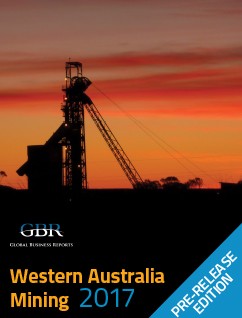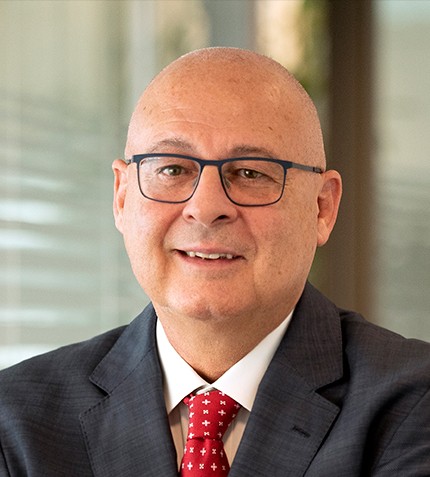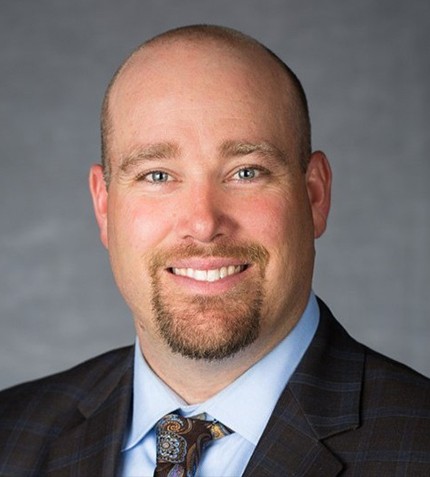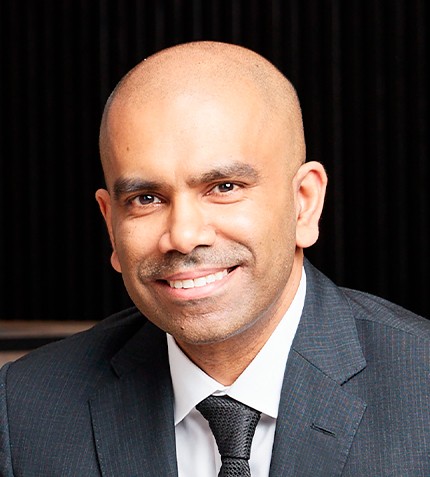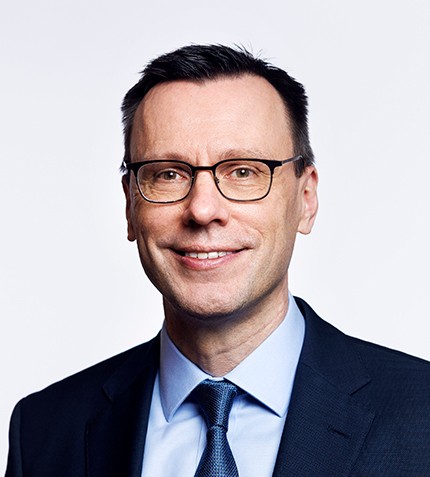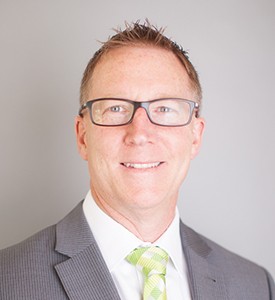
Australian Potash will convert MOP to SOP organically, without using the Mannheim Process.
RELATED PUBLICATION
ARTICLES FROM THIS PUBLICATION
Matt Shackleton
EXECUTIVE CHAIRMAN, AUSTRALIAN POTASH
Could you describe the reasoning behind your recent name change from Goldphyre to Australian Potash, and what your strategy is for the company in the medium term?
The company was initially listed in the ASX, December 2011, as a gold and base metals exploration company. Having spent over two years with some reasonably sporadic gold exploration and limited success, I joined the company in 2014 specifically to turn the strategy around and re-gain direction. We then started to explore the Lake Wells Potash project. Potassium is a very rare element to find, particularly in brine. Canada and Russia hold a lot of hard rock potassium, given the geology of the earth but we do not have those massive evaporite deposits here in Australia. We spent two years exploring extensively, sampling, drilling, surveying with geophysical techniques, identifying a paleo channel that runs through the project, which has brought us to the release of our scoping study. We needed to have a name that reflected what we wanted to do moving forward, which is why we decided to change to Australian Potash.
With the Lake Wells scoping study released and the goal to start the feasibility study (FS) in Q2 of 2017, what are Australian Potash’s next steps to move forward with it?The Lake Wells scoping study came in way beyond our expectations, with an outlook to produce 150 thousand tonnes per annum, and the capacity to increase the number to 300 thousand tonnes per annum. We have scheduled to start stage 2 in 5 years time, where we would double production. Stage 2 is forecast to pay for itself out of internally generated cashflows (with a payback period of less than 2 years) and we think it is prudent from an operational risk perspective to stage the development. Our financial model is very strong and we have started talking to debt funding consultants. Ultimately, we are not sure what the structure of the funding will be, but it would not be unusual to see a 50%-50% or a 60%-40% debt equity split. The payback period is about 2.9 years on that first stage, which makes it a very fast payback with a long mine life of 20 years with both stage 1 and 2, or +35 years if we only develop stage 1.
We believe that on the back of the detail of our scoping study, we can get through our feasibility program very quickly. We are aiming to become the industry leader in Australia by this time next year and lock down funding by then as well.
Which are the greatest challenges that the Lake Wells project faces at the moment?
The single greatest challenge we are facing at the moment is time. Australian Potash has a solid team of people, but given that the country has never produced any potash, we do not have a deep pool of skills or experience. Geologists, metallurgists and engineers — Australia simply does not have many people who understand potash. We are now looking for process engineers who have knowledge of the resource, and we believe we can also use some of the local engineers who will get themselves up to speed on it. In this race for SOP production in Australia, the target is to be the first one. Our current aim is to complete feasibility in January 2018. In terms of ASX confidence, Australian investors really do not understand potash yet, which is another challenge. The moment somebody does it though, this will start to change.
Could you describe the why and how Australian Potash intends to convert Muriate of Potash (MOP) into Sulphate of Potash (SOP), when you have an SOP resource?
We have the opportunity to convert MOP, which can be purchased very cheaply, into SOP with a fully organic process. Unlike Germany, which has developed and commercialised the Mannheim Process — producing SOP from MOP through the application of sulphuric acid to MOP and having hydrochloric acid as the waste— Australian Potash can, to simplify it, mix MOP with water and the sulphate from our brine in the crystallisation circuit, to produce SOP. Germany is very important in the SOP market, which is the product that we will compete with, but the Mannheim Process is much more expensive, and ends up with hydrochloric acid, which is challenging to get rid of. To produce SOP from a primary deposit, which is what a brine deposit is, is much cheaper, and we do not generate the side products. Producing SOP from MOP at Lake Wells is a way to increase our production levels cheaply and organically, increasing the project’s potential.
What is the difference, in terms of potential clients, for MOP vs SOP?
A molecule of MOP contains an atom of potassium and an atom of chlorine (KCl), a molecule of SOP contains 2 atoms of potassium, and a molecule of sulphate (K2SO4). Many plants and soils in the world are chlorine intolerant, generally speaking these are bright coloured fruits and vegetables, as well as leafy green vegetables. They thrive with sulphate, which is also carried by SOP.
Sulphur is often referred to as the 4th macro-nutrient because, alongside potassium, nitrogen and phosphorus (NPK). Therefore, the types of plants and regions of the world that you push SOP into, are those that already grow high value fruit and vegetable crops, or have a demographic that’s changing and starting to demand high value crops, such as China—with a middle class estimated to being 3 billion people in 7 years time. The SOP industry in China, has gone from zero to being the largest producer of SOP by a factor of 3 in 15 years.
Russia and Canada dominate the international potash market demand from 170 countries. What role can WA play within the global potash market moving forward and what trends can we expect to see upcoming in the market?
It is hard to see how anyone could match Canada’s stronghold – given that they produce +80% of the 60 million tonnes a year of potash sold globally. But the SOP market is a completely different one to the MOP one, which is essentially controlled by three countries that account for 95% of the production through eight companies. In Canada, production is controlled by three companies, which all operate marketing through CANPOTEX, which means that one company pretty much controls the global market for potassium. Although we are not going to compete with that, the best we can do is start to play a part in the SOP market. If all SOP projects in-country get going, Australia will become the largest SOP producing country in the world outside of China. The main challenge is that the projects need an enormous CapEx to develop. Our project can be started with a modest CapEx, at A$175 million. Reward Minerals’ startup CapEx is A$320 million, and Agrimin’s is A$336 million.
MOP deposits tend to be massive, with billions of tonnes. SOP is generally found in small amounts. People have been developing potassium chloride mines around the world at quite an alarming rate. The market is already over-supplied, with price being demand constrained, but there are people outside the cartel-dominated entities, like the Germans and the Spaniards, who are also developing MOP. This means more will come into the market and the price will either remain or fall. SOP is the complete opposite given that it is very hard to find.
The SOP market is supply constrained – the SOP price premium to MOP is often quoted but is not the driver to the SOP price. There is such a small supply of SOP into the global market that it is all invariably purchased to meet grower demand. Add to this that Australia, with its relatively modest demand level for SOP, cannot command any control over pricing, and APC’s strategy of providing Australian farmers with exchange rate and therefore price risk protection makes even more sense.
The project we have scoped out at Lake Wells also sees us export product. This is a sound strategy on our view as it gives us the opportunity to exploit counter-seasonal demand for SOP. Therefore we think this will give our investors added security over revenue throughout the year.




